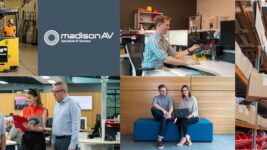News
14 Jul 2025
WHERE PROJECTION GOES NEXT
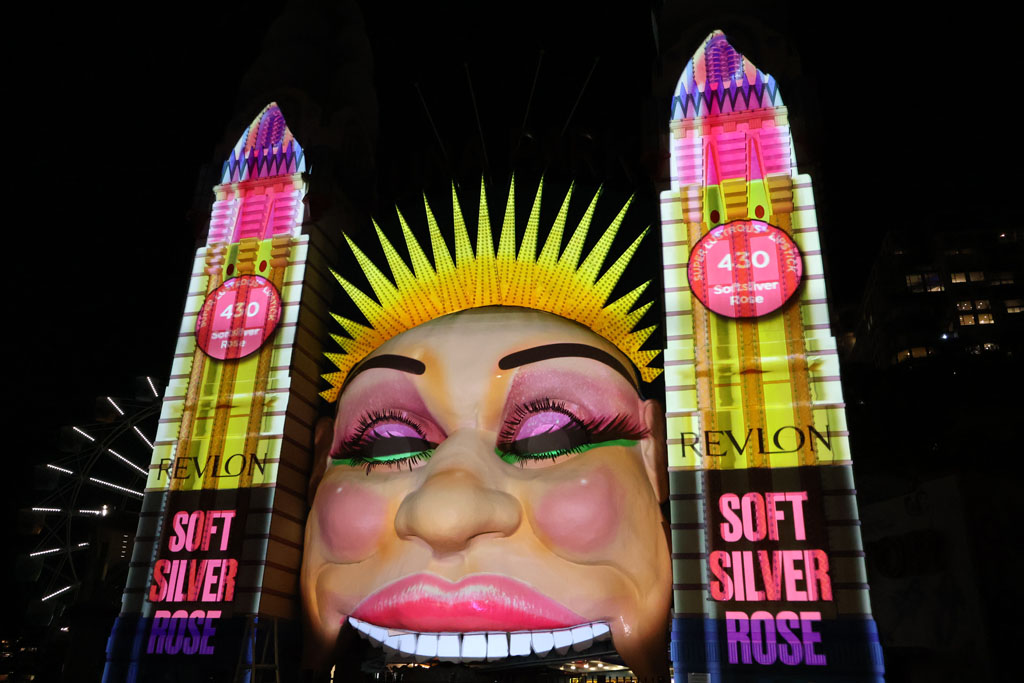
Subscribe to CX E-News
Laser, LightField & the Art of Playing Nicely With LED
What really matters to us at TDC are the relationships we’ve cultivated with the creatives, producers and engineers who trust us to support their creative objectives. Choosing the best technology for the environment is always our priority and advising our clients around what will work to cover all aspects, budget, venue, etc. In the world of video, projection was our first opportunity to create a really large canvas, but today we stand at the crossroads of creativity, performance and precision, melding laser, LED and whatever comes next so television broadcasts, films, concert tours, theatre shows and corporate launches can land that jaw dropping moment or scene.
Is projection obsolete? Hardly – it’s mutating
Global laser projection revenue will top US $21 billion in 2025 and is forecast to treble to US $67 billion+ by 2032 as lamp free engines become the default above 10K lumens. Much of that growth sits in the large venue and immersive entertainment tier. The real story of the next five years is not ‘projection vs LED’ but how the two will happily cohabit the same canvases.
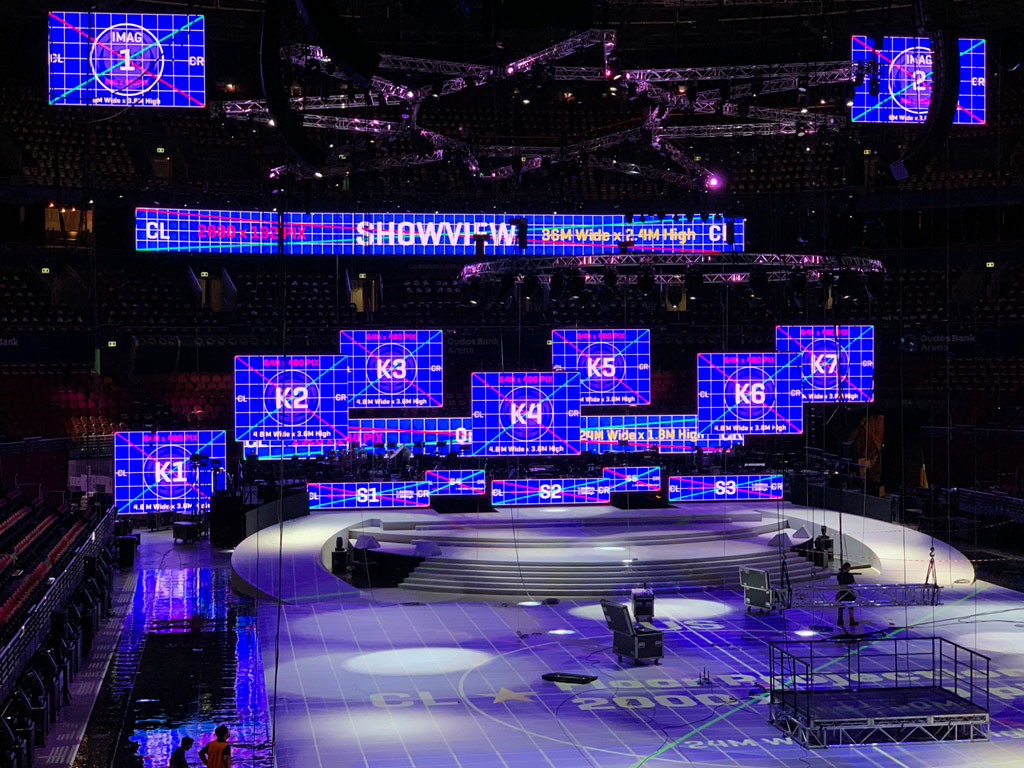
LED × Projection: The new mixed reality toolkit
Virtual production soundstages have evolved into carefully choreographed ecosystems where flat LED volumes and projection play to their individual strengths. The monolithic LED back wall still shoulders the “hero” imagery – the skyline that must parallax perfectly with a sweeping camera move – but the moment the lens tilts down to the floor or cranes above the set, laser projection is the winner. Projected ceilings and floors keep roof loads within safety margins and sidestep the moiré that highly reflective props can pick up from LED tiles.
Directors also exploit projected ‘bounce’ to drop believable highlights into chrome bumpers, polished helmets and standing water – surfaces where even the brightest LED panels struggle to punch through.
Media server platforms such as disguise vx 4+ now pass HDR colour data between LED and projection in real time, letting the entire volume grade like one giant screen. In practice, that means cinematographers no longer think about ‘which technology’, they simply choose the right pixel for the shot and roll camera.
Beyond the soundstage, the same ‘right pixel’ philosophy scales to arena sized ceremonies. Nothing sells the magnitude of a national celebration quite like projection: in a single cue the field of play, seating, field and the stadium roof can become a single moving canvas, compressing city sized stories into a 15 minute opener. When Sydney’s rebuilt Allianz Stadium opened in 2022, TDC rolled in laser projection to drench the new roof and field in artwork that danced in sync with drones, pyro and LED ribbons; no extra weight on the roof truss, no sight line compromise. The annual NSW Schools Spectacular at Qudos Bank Arena blends projection backbone with perimeter LED, stage LED, and 2,500 student performers; projection floods the deck with colour between set changes while LED IMAG keeps every face in the house.
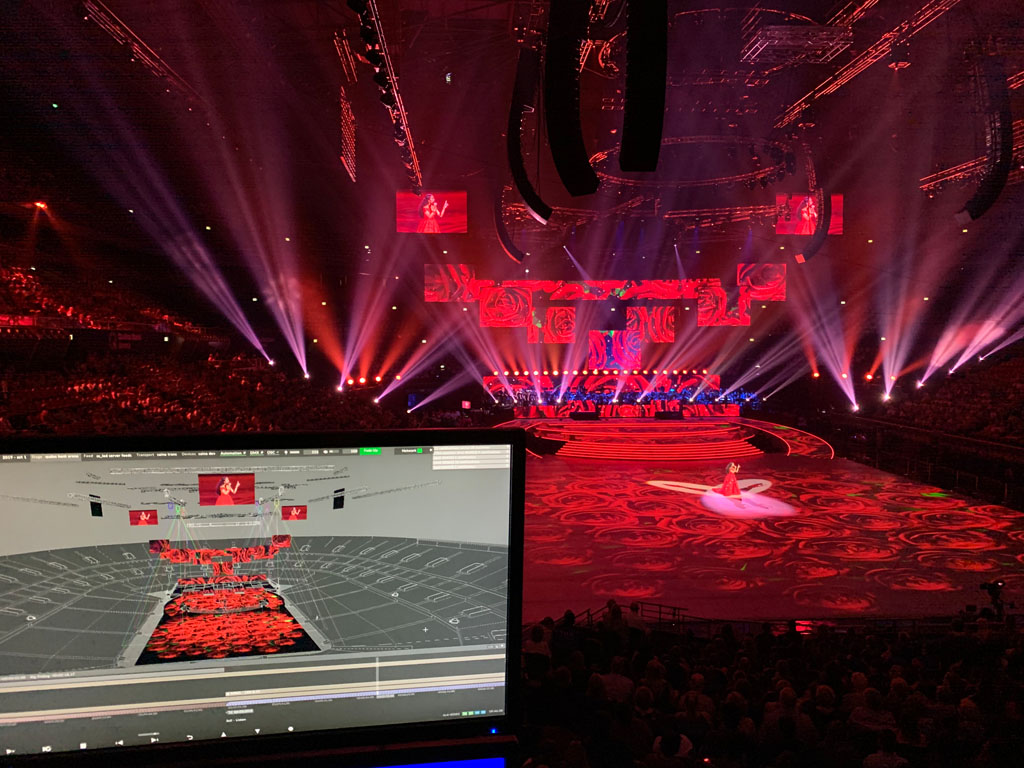
Australian theatre stages are pioneering the fusion of LED, projection and live camera work. Sydney Theatre Company’s Kip Williams has made ‘cine theatre’ his signature: The Picture of Dorian Gray features five moving LED screens supplied and engineered by TDC plus discrete laser projection to extend sets beyond the panels, all while live filming the solo performer so the audience watches both stage action and a cinematic real time composite. Follow up productions such as Strange Case of Dr Jekyll and Mr Hyde and The Tempest push the same toolkit – LED portals do the sharp close ups, side projectors wash portal legs and scenery for dreamlike transitions.
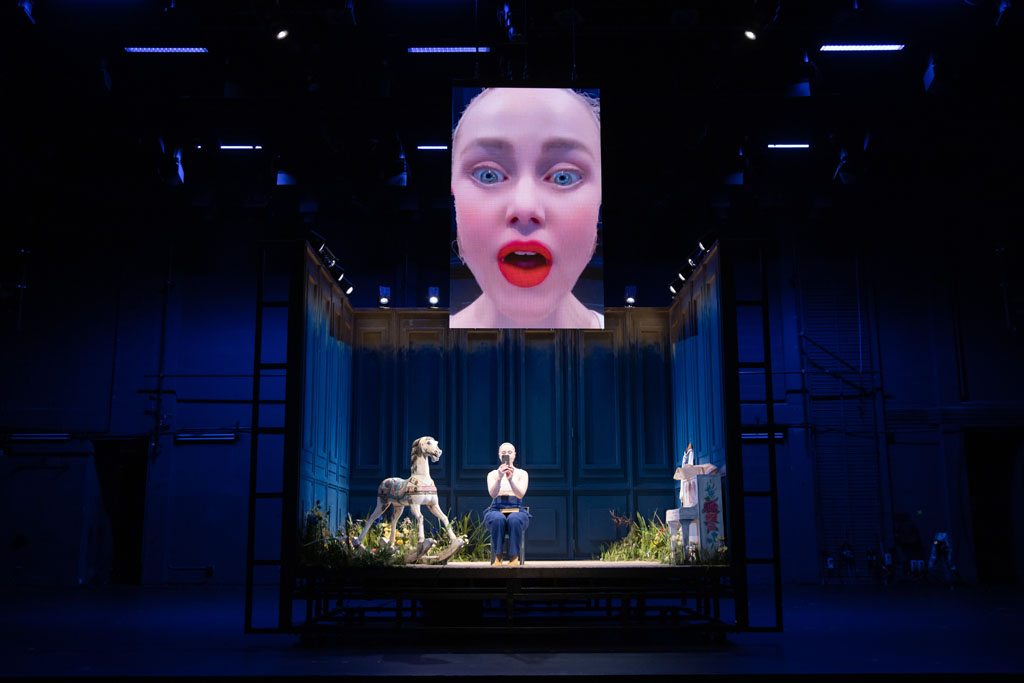
Further down the pipeline, NIDA’s annual showcase seasons train emerging designers to treat projection and LED as equal technologies. Supported by TDC’s mentorship programme, students in 2024 embedded 4K laser projectors into revolve decks and offset LED columns for an original physical theatre piece, proving that tomorrow’s practitioners are already mixing mediums instinctively.
What unites these productions is agility: LED delivers ultra crisp hero imagery and live camera feeds, while projection melts scenery, portals and even the auditorium itself into the storyworld, no set change required.
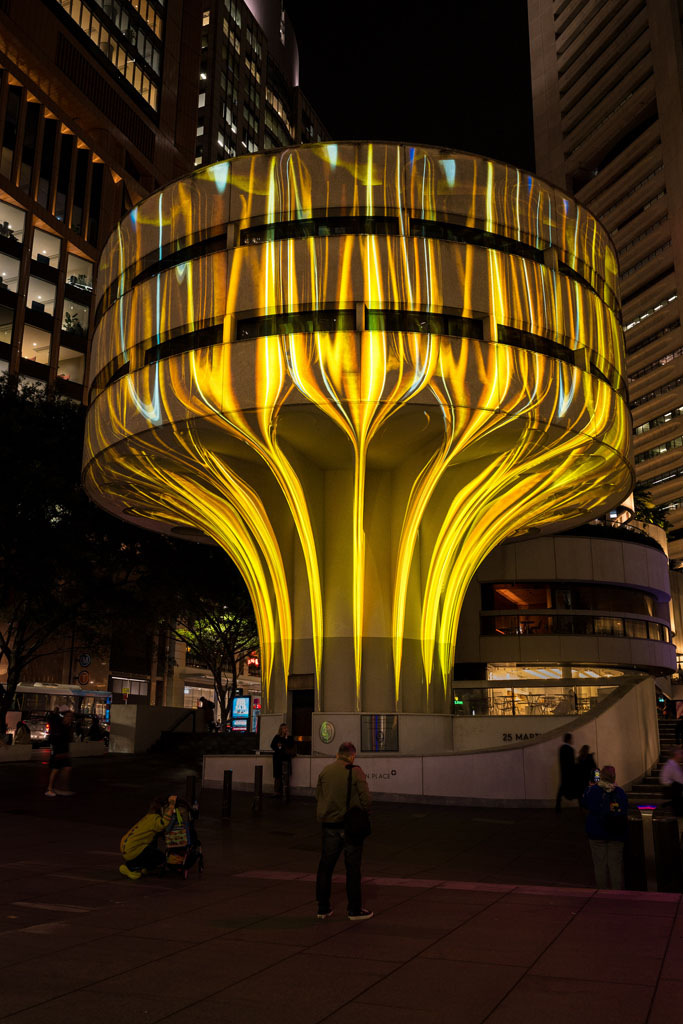
Projection mapping 2.0 – Immersive and Experiential
In the fast growing world of walk-through art, brand activations and experience centres, projection does more than decorate walls; it dissolves them. Light can bend around vaults, spill across floors and ceilings, or soak products like our gostMESH fabric that appear to hover in mid air, tricks that LED, with its panel seams and weight, cannot match. Purpose built galleries such as teamLab’s Phenomena in Abu Dhabi (700 networked Epson lasers) or the BBC Earth installation in Melbourne treat architectural quirks as part of the palette: archways become portals, columns morph into digital trees, and visitors’ shadows are invited to play in real time.
Game engine pipelines drive the pixels, so water ripples when a child splashes, or blossoms bloom where footsteps fall. For moments that require tactile punch, hidden LED nodes or strips pierce the ambience, but projection supplies the colour and image drenching that turns a concrete box into living art.
The laser renaissance
The latest generation of all laser projectors has swept aside lamps and most of the maintenance that came with them. Barco’s headline grabbing QDX 4K45, crowned ‘Best of Show’ at InfoComm 2025, proves how far things have come: up to 41,000 lumens of pure RGB, 4K resolution and a 20,000:1 contrast ratio in a chassis you can fly on standard rigging points. Even more important than raw brightness is consistency. Platforms like Barco’s UDX run in Constant Light Output mode, holding colour and luminance steady for 20,000 hours straight. For rental companies that means true pixel as a service economics; no more recalibrating mid tour, no lamp stock to manage, just predictable light that stays locked at the spec you sold on day one.
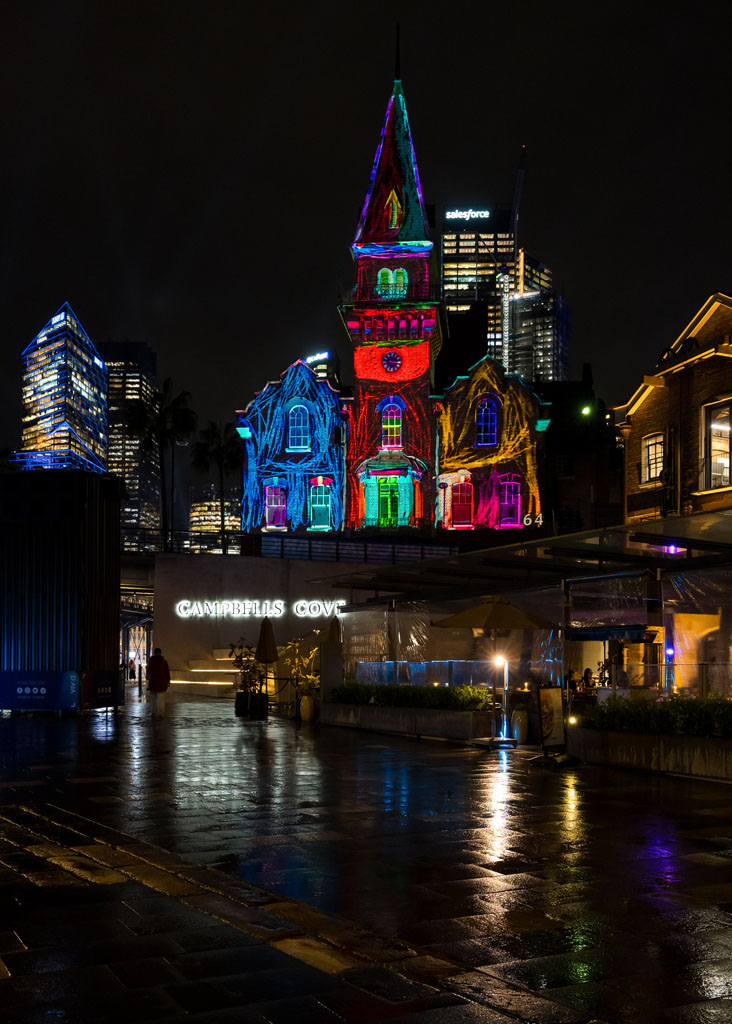
Sustainability and total cost
Projection’s green makeover comes from the light source itself. Swap a halide lamp for a solid state laser engine and you immediately cut power draw by roughly half while stretching usable life from hundreds to tens of thousands of hours – no hazardous lamp swaps, no mercury disposal. Barco’s cloud-based Insights dashboard now lets engineers manage brightness, push firmware and pull error logs from a laptop, trimming on site visits by a reported 30%.
Total cost follows the same curve. A three year rental cycle that once burned through a crate of replacement lamps and the freight, labour, and downtime that came with them, now runs on a single laser bank. Factor in Constant Light Output modes that keep brightness flat for the life of the projector and you have pixel real estate that costs less to own, less to power and far less to babysit. It’s not just a sustainability win; it’s a line item reduction that CFOs can plot in their spreadsheets.
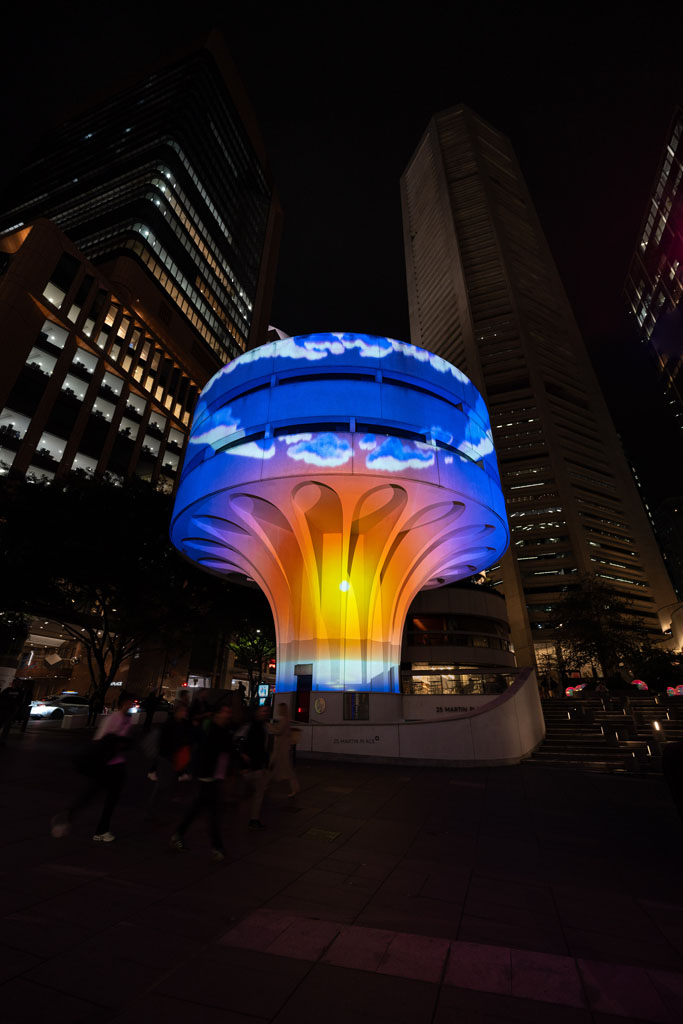
Where projection still wins – and will keep winning
Projection’s greatest strengths emerge whenever the canvas is too big, too odd shaped or too precious for anything else.
Ask any designer to wrap a gothic cathedral, a 100 metre festival stage, or the rolling deck of a cruise ship and the answer is the same: projection.
Projection isn’t a nostalgic choice; it’s the smartest tool when you need a gigantic image that goes up fast, travels light and vanishes when the story calls for darkness. Projection isn’t surrendering to LED; it’s playing to its strengths in a mixed display ecosystem. For designers, creative technologists, and audiences, the next decade looks exciting.
Q&A with Drew Ferors (Head of Training & Innovation) and Michael Hassett (Managing Director, TDC)
CX : LED stages are exploding. Why still invest in projectors?
DF : We actually use both on the same shows. LED’s brilliant for flat hero planes, but whenever the surface curves, folds or needs to vanish between cues, light wins the physics fight.
CX : Biggest leap in the last 12 months?
DF : Form factor. Panasonic’s 25K lm units are 40% smaller; Barco’s QDX punches 40K lm from a single phase chassis. AI – transforming everything for designers and content creators.
CX : Hybrid LED and projection tips?
DF : Start in the media server. We map both display types to the same colour space, then decide scene by scene which surface earns the pixel.
CX : How are clients talking sustainability?
DF : In dollars and kilowatts. Laser draws half the power of lamps and remote dashboards have cut call outs by 30%.
CX : Crystal ball through 2030?
DF : Light field projection. Couple that with AI auto calibration and you’re talking ‘holographic’ installs a two person crew can maintain.
CX : From a business standpoint, how is TDC balancing investment between projection and LED?
MH : We buy where the creative brief demands. Its constantly more of everything! We have a long shopping list.
CX : What skills are you prioritising for the next decade?
MH : Media server fluency and systems thinking. Whether you’re driving pixels to an LED tile or a laser projector, the magic sits in the server and the network. We’re cross training every tech to speak both worlds.
Subscribe
Published monthly since 1991, our famous AV industry magazine is free for download or pay for print. Subscribers also receive CX News, our free weekly email with the latest industry news and jobs.




